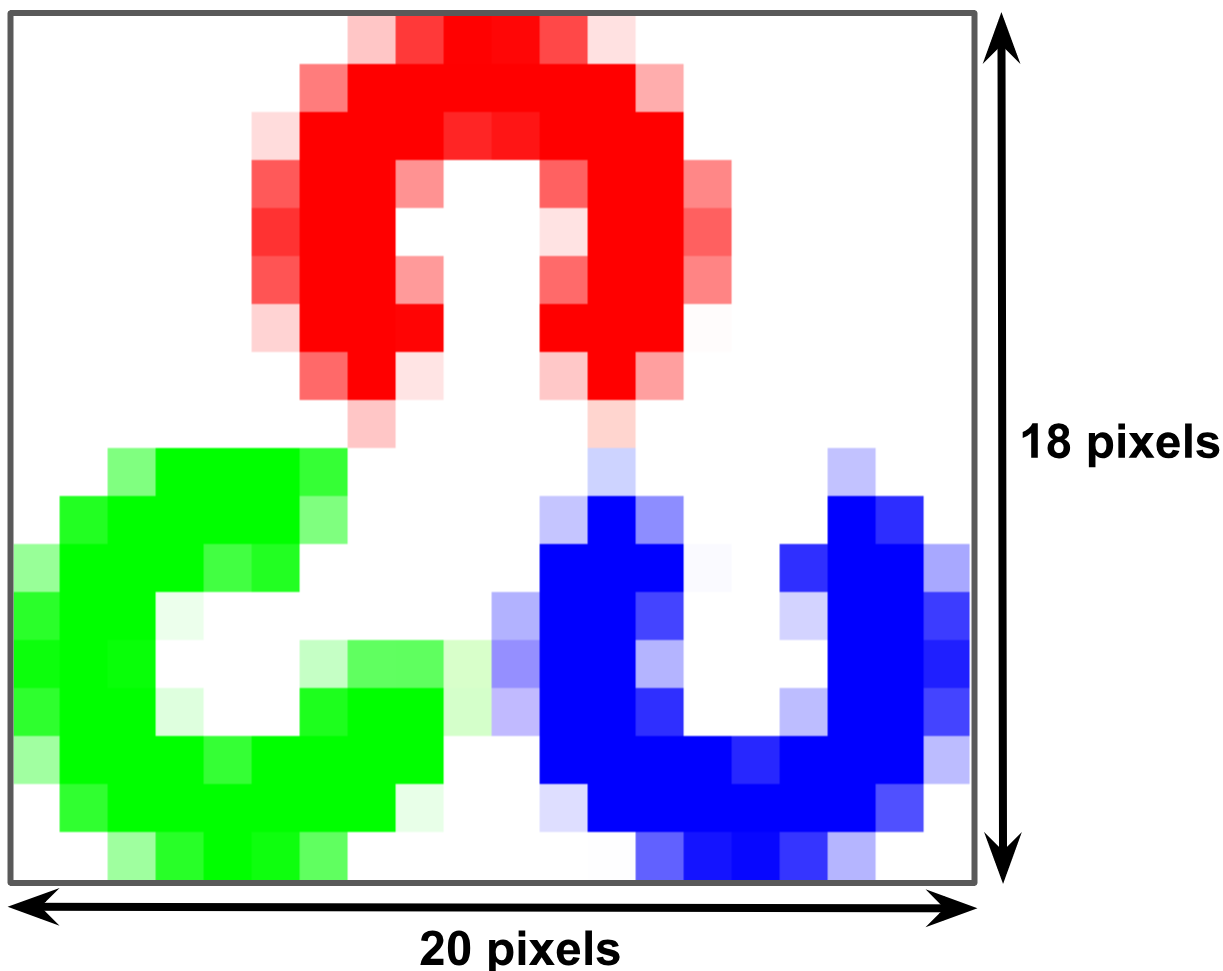Images are a key component in a computer vision project because they provide, in many cases, the input to work with. Therefore, understanding main image concepts is the basic knowledge you need to start coding your computer vision projects. Also, some of the OpenCV library peculiarities, such as the coordinate system or the BGR order (rather than RGB), will be introduced.
In this chapter, you will learn how to start writing your first scripts, which will introduce you to the OpenCV library. At the end of this chapter, you will have enough knowledge to start programming your first computer vision project in OpenCV and Python.
In this chapter, we will cover the following topics:
- A theoretical introduction to image basics
- Concepts of pixel, colors, channels, images, and color spaces
- The coordinate system in OpenCV
- Accessing and manipulating pixels in OpenCV...






